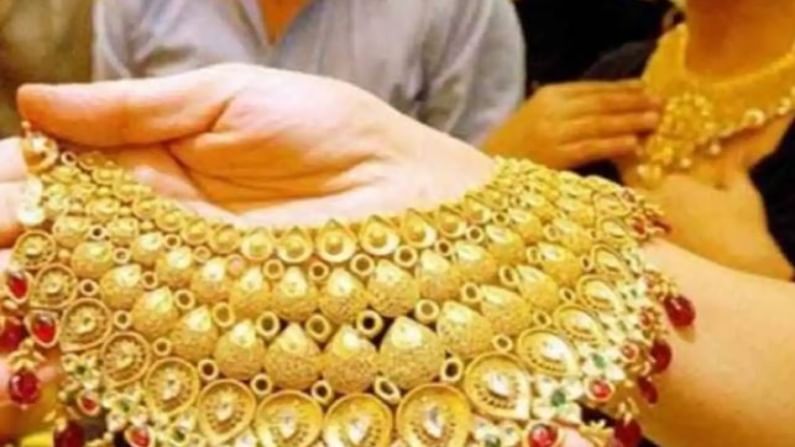Gold jewellery: 67% districts do not have hallmarking centres
It is commonly believed that duping consumers with inferior quality of gold than the declared amount is a common practice by jewellers

The Narendra Modi-led government is all set to implement mandatory gold jewellery hallmarking from June 15 . But jewellers have raised some questions regarding the infrastructure and technical issues and pointed out that a majority of districts in India do not have any hallmarking centre.
Sources told Money9 that jeweller bodies have told the government that around 67% of the districts in the country don’t have BIS authorised hallmarking centres.
Inadequate hallmarking centres
“We welcome the government’s move on gold jewellery hallmarking. But there are different issues which I think first have to be settled. There are so many districts in the country without a single BIS authorised hallmarking centre,” said Samar Kumar Dey, Secretary of Swarna Shilpa Bachao Committee (Save Gold Jewellery).
The government has stated that there has been a rise in 25% of the hallmarking centres in the country in the past five years.
Diversity of purity grades
Dey also pointed out that apart from the paucity of hallmarking centres across the country, “there is a diversity of purity grades of gold jewellery in different regions in the country”. For example, in Sikkim and hilly areas of north Bengal, 24 carat pure gold ornaments are sold by local jewellers.
“On the other hand, 20 carat gold jewellery is common in large parts of Bihar and Uttar Pradesh. But these are not included in the Indian standards on gold jewellery. We have raised all these issues at the expert committee meeting. I am hopeful the government will consider this issue also before implementation of the new rule,” said Dey.
Recently an expert committee was formed by Union minister Piyush Goyal for smooth implementation of mandatory hallmarking order.
Hallmarking ensures purity
According to government officials, mandatory gold jewellery hallmarking would ensure purity of gold in ornaments and protect the public against inferior quality.
Under these rules, jewellers will be allowed to sell only 14, 18 and 22 carats of gold jewellery.
It is commonly believed that duping consumers with inferior quality of gold than the declared amount is a common practice among a large number of jewellers in the country.
Market dynamics
The non-hallmarked jewellery is largely sold in small cities and rural areas in the country.
According to latest data, approximately 75% of gold jewellery is being hallmarked currently.
A committee headed by Pramod Tiwari, director general of Bureau of Indian Standards was set up to oversee coordination and iron out implementation issues in hallmarking.
Since April 2000, BIS has been running a hallmarking programme for gold jewellery.